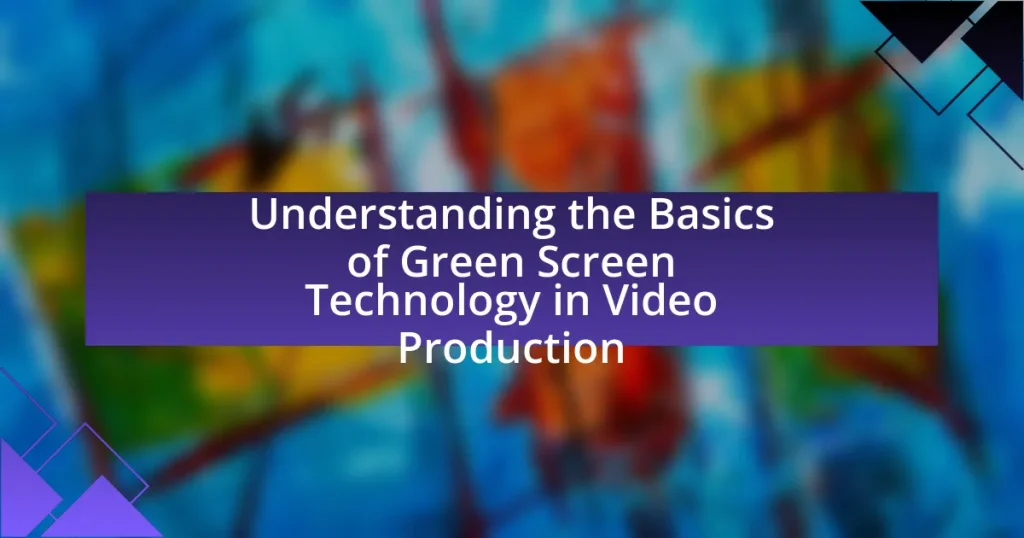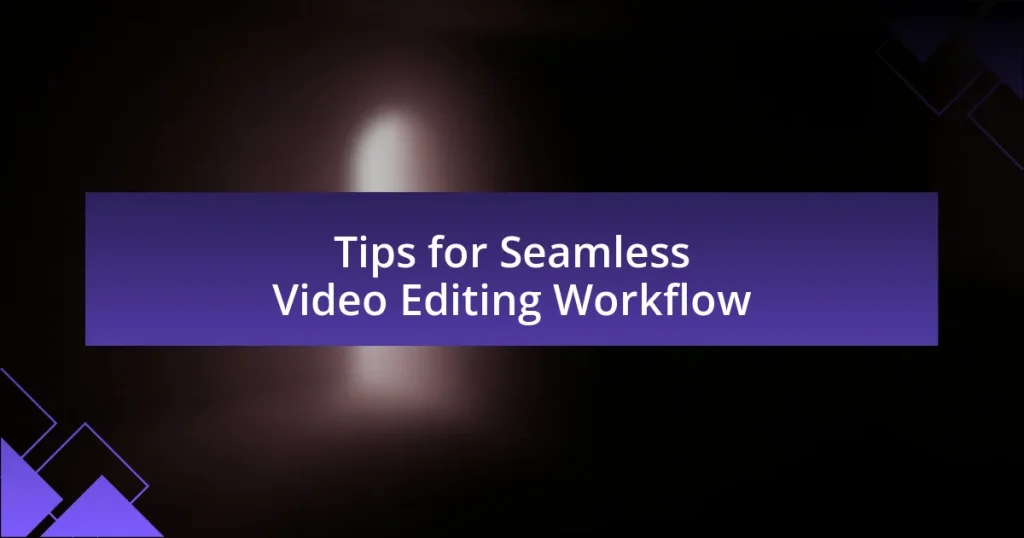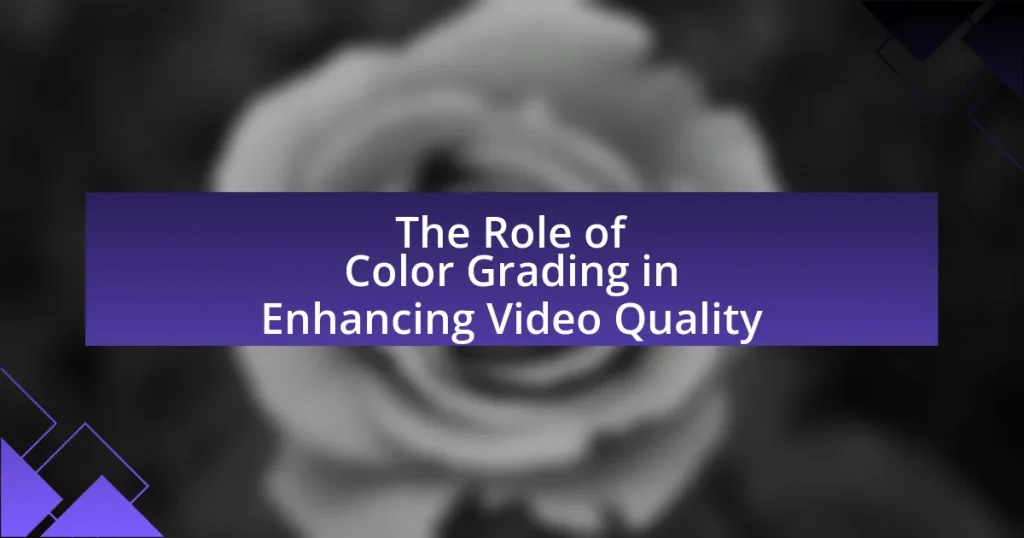The article focuses on best practices for shooting in low light conditions, addressing the various challenges photographers face, such as increased noise, reduced depth of field, and difficulties in focusing. It outlines how low light affects image quality, including common types of noise and the impact on color accuracy. Essential equipment and techniques for low light photography are discussed, including the importance of fast lenses, tripods, and optimal camera settings. Additionally, the article provides practical tips for stabilization, post-processing techniques, and composition strategies to enhance image quality in dim environments.
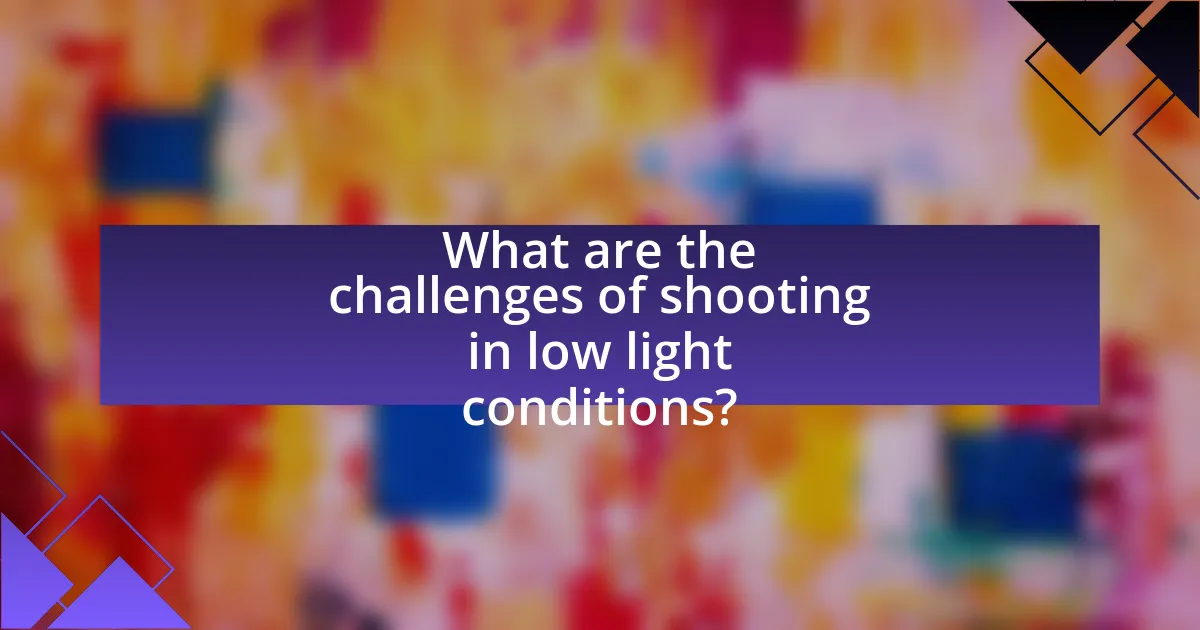
What are the challenges of shooting in low light conditions?
Shooting in low light conditions presents several challenges, primarily including increased noise, reduced depth of field, and difficulty in focusing. Increased noise occurs because cameras amplify the signal to capture more light, leading to grainy images, especially at higher ISO settings. Reduced depth of field can make it harder to achieve sharp focus on subjects, as wider apertures are often necessary to let in more light. Additionally, autofocus systems struggle in low light, resulting in slower and less accurate focusing, which can compromise the quality of the shot. These challenges necessitate careful consideration of camera settings and techniques to achieve optimal results in low light environments.
How does low light affect image quality?
Low light significantly reduces image quality by increasing noise and decreasing detail. In low-light conditions, cameras often require longer exposure times or higher ISO settings, which can introduce graininess and reduce sharpness. Studies show that images taken at higher ISO levels, such as ISO 3200 or above, can exhibit noticeable noise, impacting the overall clarity and fidelity of the image. Additionally, low light can lead to motion blur if the subject or camera moves during the exposure, further degrading image quality.
What types of noise are common in low light photography?
Common types of noise in low light photography include luminance noise and chrominance noise. Luminance noise appears as grainy textures in the image, often more noticeable in darker areas, while chrominance noise manifests as color distortions or speckles, particularly in shadow regions. These noise types are prevalent due to higher ISO settings, which are frequently used in low light conditions to maintain exposure. Studies have shown that increasing ISO can lead to a significant rise in both luminance and chrominance noise, impacting image quality.
How does low light impact color accuracy?
Low light significantly reduces color accuracy in photography and videography. In dim lighting, cameras struggle to capture the full spectrum of colors, leading to muted or distorted hues. This occurs because lower light levels result in increased noise and decreased sensor sensitivity, which can cause colors to appear less vibrant and more washed out. Studies have shown that under low light conditions, the human eye perceives colors differently, often leading to inaccuracies in color representation when captured by cameras.
What equipment is essential for low light shooting?
Essential equipment for low light shooting includes a fast lens, a tripod, and a camera with good high ISO performance. Fast lenses, typically with a wide aperture (f/1.4 or f/2.8), allow more light to enter the camera, which is crucial in low light conditions. A sturdy tripod stabilizes the camera, preventing motion blur during longer exposure times. Cameras that perform well at high ISO settings reduce noise in images taken in dim environments, enabling clearer shots. These components collectively enhance the ability to capture quality images in challenging lighting situations.
Which lenses are best suited for low light conditions?
Fast prime lenses with wide apertures, such as f/1.4 or f/1.8, are best suited for low light conditions. These lenses allow more light to enter, enhancing image quality and reducing noise in dim environments. For example, a 50mm f/1.8 lens can capture sharp images in low light, making it a popular choice among photographers. Additionally, lenses with image stabilization can further improve performance in low light by reducing camera shake, allowing for slower shutter speeds without blurring.
How do camera settings influence low light performance?
Camera settings significantly influence low light performance by adjusting exposure, sensitivity, and depth of field. Increasing the ISO setting enhances the camera’s sensitivity to light, allowing for brighter images in dim conditions, but may introduce noise at higher values. A wider aperture (lower f-stop number) permits more light to enter the lens, improving exposure and enabling faster shutter speeds to reduce motion blur. Additionally, slower shutter speeds allow more light to hit the sensor, but they require stable support to avoid camera shake. These settings collectively determine the quality and clarity of images captured in low light, as evidenced by studies showing that optimal ISO, aperture, and shutter speed combinations can dramatically enhance image quality in challenging lighting conditions.
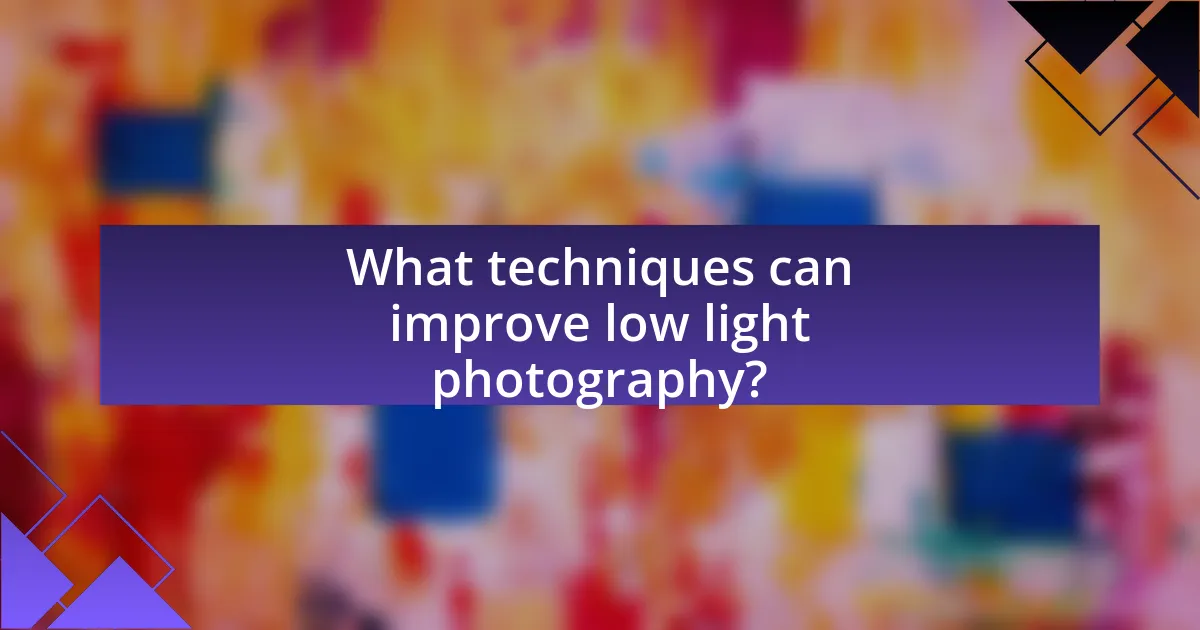
What techniques can improve low light photography?
To improve low light photography, utilize a combination of a wide aperture, slow shutter speed, and high ISO settings. A wide aperture (e.g., f/1.8 or f/2.8) allows more light to enter the camera, enhancing exposure in dim conditions. Slower shutter speeds (e.g., 1/30s or longer) capture more light but require stabilization to avoid motion blur, often achieved with a tripod. Increasing the ISO (e.g., 800 or higher) amplifies the sensor’s sensitivity to light, although it may introduce noise. These techniques are supported by the fact that professional photographers often rely on these settings to achieve optimal results in low light scenarios, as evidenced by numerous photography guides and tutorials.
How can you effectively use exposure settings in low light?
To effectively use exposure settings in low light, increase the ISO setting, open the aperture, and slow down the shutter speed. Increasing the ISO enhances the camera’s sensitivity to light, allowing for better performance in dim conditions; for instance, an ISO of 1600 or higher can significantly improve image brightness without introducing excessive noise. Opening the aperture (using a lower f-stop number) allows more light to enter the camera, which is crucial in low-light scenarios; for example, an aperture of f/1.8 captures more light than f/4. Slowing down the shutter speed enables the sensor to gather light for a longer duration, but it requires stabilization techniques to avoid motion blur; a shutter speed of 1/30 seconds or slower may be necessary, depending on the lighting conditions and subject movement. These adjustments collectively enhance image quality in low light, making them essential techniques for photographers.
What is the role of ISO in low light photography?
ISO in low light photography determines the camera’s sensitivity to light, allowing for brighter images in darker environments. Increasing the ISO setting enables the camera sensor to capture more light, which is crucial when shooting in low light conditions. For instance, a higher ISO setting, such as 1600 or 3200, can significantly improve exposure without requiring longer shutter speeds or wider apertures. However, higher ISO values can introduce noise, which may degrade image quality. Therefore, photographers must balance ISO with other settings to achieve optimal results in low light scenarios.
How does shutter speed affect low light images?
Shutter speed significantly impacts low light images by determining the duration the camera sensor is exposed to light. A slower shutter speed allows more light to hit the sensor, which can result in brighter images in low light conditions. However, using a slow shutter speed also increases the risk of motion blur, as any movement during the exposure can lead to a loss of sharpness. Conversely, a faster shutter speed reduces the amount of light captured, which can lead to underexposed images in low light settings. Therefore, finding the right balance in shutter speed is crucial for achieving clear and well-exposed photographs in low light environments.
What composition tips are useful for low light scenarios?
To effectively compose images in low light scenarios, utilize a tripod to stabilize your camera, which prevents motion blur and allows for longer exposure times. Additionally, frame your subject to include light sources, such as street lamps or windows, which can enhance the overall illumination and create depth. Incorporating leading lines can guide the viewer’s eye toward the subject, while using negative space can emphasize the subject against a darker background. These techniques are supported by the fact that stable shots and strategic lighting can significantly improve image quality in low light conditions.
How can framing and angles enhance low light shots?
Framing and angles can significantly enhance low light shots by directing the viewer’s attention and maximizing available light. Proper framing allows the photographer to isolate subjects and create a more compelling composition, while strategic angles can capture light sources, such as street lamps or reflections, that might otherwise go unnoticed. For instance, shooting from a lower angle can emphasize foreground elements and utilize ambient light more effectively, resulting in a more dynamic image. Studies in photography have shown that well-composed shots in low light can improve perceived image quality and emotional impact, making the use of framing and angles essential techniques for achieving better results in challenging lighting conditions.
What are the benefits of using leading lines in low light photography?
Using leading lines in low light photography enhances composition and guides the viewer’s eye through the image. This technique creates a sense of depth and perspective, making the photograph more engaging. In low light conditions, where details may be less visible, leading lines help to direct attention to the main subject, improving clarity and focus. Studies in visual perception indicate that lines naturally draw the viewer’s gaze, which is particularly beneficial in low light scenarios where contrast is limited.
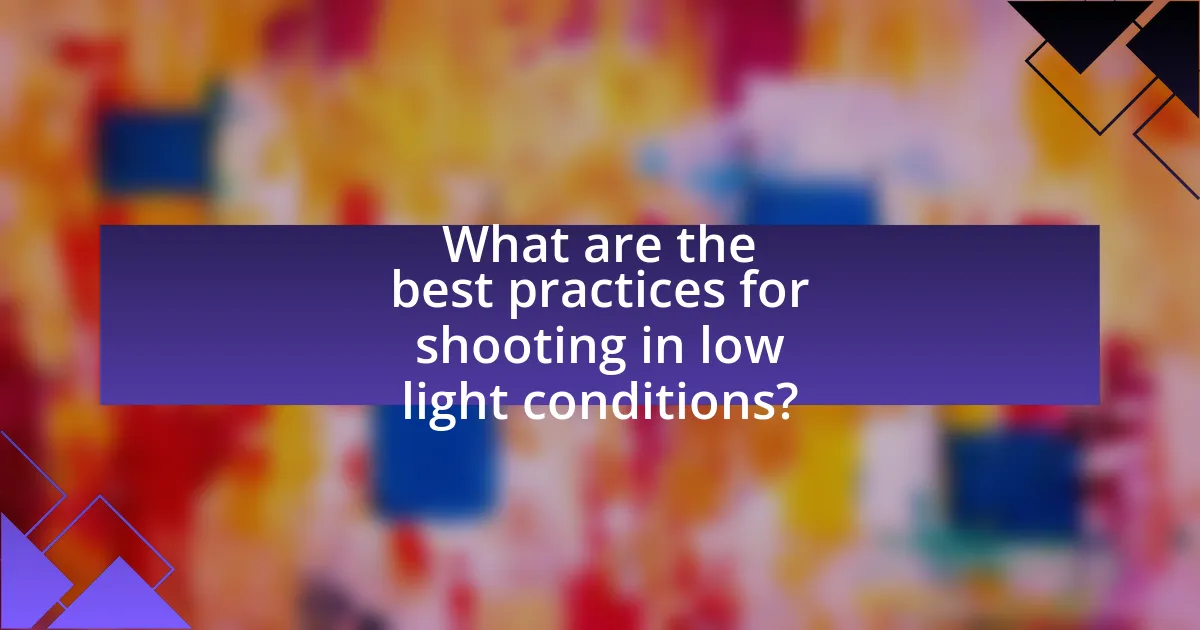
What are the best practices for shooting in low light conditions?
The best practices for shooting in low light conditions include using a wide aperture, increasing ISO sensitivity, utilizing a tripod, and employing image stabilization. A wide aperture allows more light to enter the lens, which is crucial in dim environments; for example, an aperture of f/1.8 can significantly enhance light capture compared to f/4. Increasing ISO sensitivity enables the camera sensor to detect light more effectively, although it may introduce noise; modern cameras can handle ISO settings up to 3200 or higher with acceptable quality. Using a tripod stabilizes the camera, preventing motion blur during longer exposure times, which is essential for sharp images in low light. Image stabilization technology in lenses or cameras can also help reduce blur from camera shake, making it easier to capture clear images without a tripod. These practices are supported by photography experts who emphasize their effectiveness in achieving quality results in low light scenarios.
How can you stabilize your camera for low light shooting?
To stabilize your camera for low light shooting, use a tripod or a stabilizer to minimize camera shake. Tripods provide a solid base, allowing for longer exposure times without blurring, while stabilizers, such as gimbals, help maintain smooth motion during handheld shooting. Research indicates that using a tripod can reduce camera shake by up to 90%, significantly improving image clarity in low light conditions.
What are the advantages of using a tripod in low light conditions?
Using a tripod in low light conditions significantly enhances image stability and clarity. The primary advantage is that it allows for longer exposure times without introducing camera shake, which is crucial when light levels are low. For instance, a tripod enables photographers to capture sharp images at slower shutter speeds, often ranging from 1/30 to several seconds, depending on the lighting situation. This capability is essential for preventing motion blur, which can occur when the camera is handheld during extended exposures. Additionally, tripods facilitate precise composition adjustments and framing, allowing for more creative control over the shot.
How can image stabilization features help in low light photography?
Image stabilization features significantly enhance low light photography by reducing the effects of camera shake, allowing for sharper images at slower shutter speeds. In low light conditions, the risk of motion blur increases due to longer exposure times required to capture sufficient light. Image stabilization compensates for this by either physically shifting the camera sensor or adjusting the lens elements to counteract movement. Studies have shown that effective image stabilization can improve image clarity by up to 4 stops, enabling photographers to shoot at slower shutter speeds without sacrificing image quality. This capability is crucial in low light scenarios, where maintaining sharpness is essential for capturing detailed and vibrant photographs.
What post-processing techniques can enhance low light images?
Post-processing techniques that can enhance low light images include noise reduction, contrast adjustment, and sharpening. Noise reduction algorithms, such as those found in software like Adobe Lightroom, effectively minimize graininess that often occurs in low light conditions. Contrast adjustment enhances the visibility of details by increasing the difference between light and dark areas, making the image appear more dynamic. Sharpening techniques, applied carefully, can restore clarity to the image, emphasizing edges and fine details that may be lost in low light. These techniques collectively improve the overall quality and visual appeal of low light photographs.
How can noise reduction software improve low light photos?
Noise reduction software can significantly enhance low light photos by minimizing the grainy appearance caused by high ISO settings. In low light conditions, cameras often increase ISO sensitivity to capture more light, which can introduce noise. Noise reduction algorithms analyze the image data, distinguishing between actual details and unwanted noise, effectively smoothing out the grain while preserving important features. Studies have shown that advanced noise reduction techniques can improve image quality by up to 50%, making details clearer and colors more vibrant in low light images.
What adjustments can be made to contrast and brightness in editing?
Adjustments to contrast and brightness in editing include increasing or decreasing the brightness level to enhance visibility and adjusting contrast to improve the differentiation between light and dark areas. Brightness adjustments can lighten or darken the overall image, while contrast adjustments can make shadows deeper and highlights brighter, thereby enhancing the image’s depth and detail. These adjustments are crucial in low light conditions, as they help to recover details that may be lost due to insufficient lighting, ensuring that the final image maintains clarity and visual interest.
What practical tips should photographers remember for low light shooting?
Photographers should remember to use a wide aperture, increase ISO sensitivity, and stabilize their camera for low light shooting. A wide aperture (e.g., f/1.8) allows more light to enter the lens, which is crucial in dim conditions. Increasing the ISO (e.g., to 1600 or higher) enhances the camera’s sensitivity to light, enabling better exposure without a flash. Stabilizing the camera, either through a tripod or image stabilization features, minimizes motion blur, which is particularly important in low light where longer exposure times are often necessary. These techniques are supported by the fact that many professional photographers rely on them to achieve clear, well-exposed images in challenging lighting situations.

